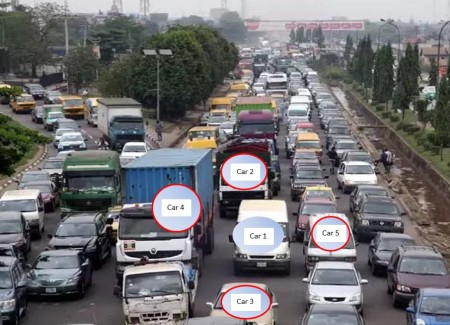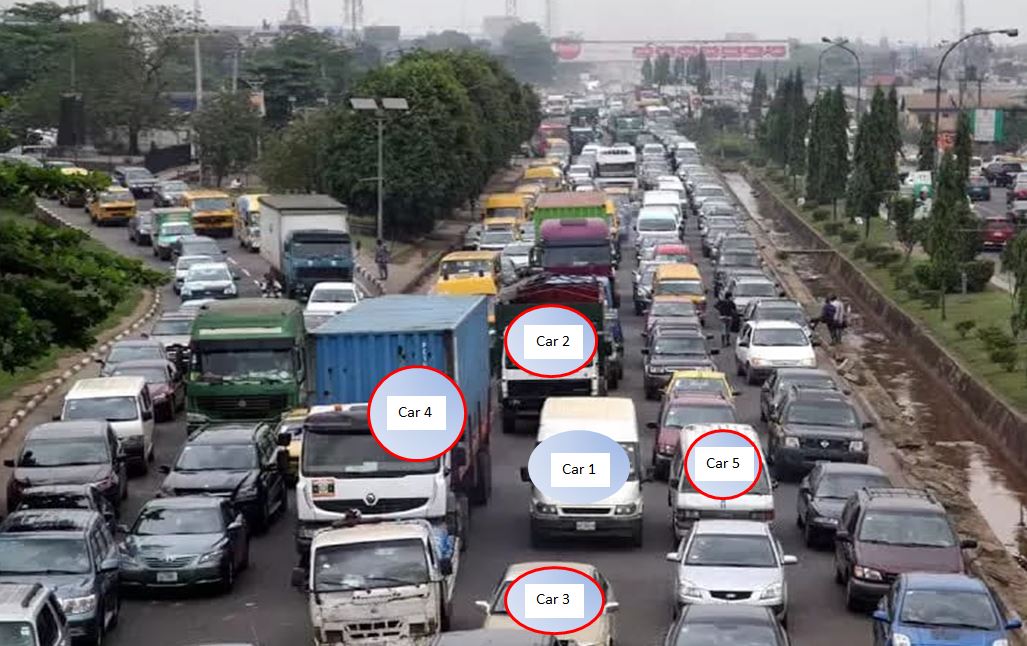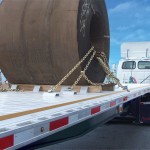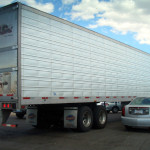
A defensive driver is a safe driver, and that is especially important for fleets and the companies they serve. From sedan to truck fleets, drivers need to know how to properly handle a vehicle, and they need to have sound judgment when presented with road obstacles or reckless drivers.
“Defensive driving is driving to save lives, time, and money, despite the conditions around you and the actions of others,” said James Solomon, Director of Program Development and Training for the National Safety Council’s (NSC) defensive driving courses. “A defensive driver will never put themselves or anyone else in any kind of danger.”
A good defensive driver practices correct legal driving techniques at all times.
Adding to Solomon’s point is Lander Allin, Director, Leasing Support Division Office of fleet management for the Federal Acquisition Service with the General Services Administration (GSA).
“When behind the wheel, the driver’s job is driving. It is their job to protect themselves, their passengers, the vehicle, which is either a company asset or for which the driver may be receiving a stipend of some type, and people and property around them,” said Allin. “The employee is the most valuable asset.”
‘DRIVE FOR FIVE’
To emphasize the importance of defensive driving, Solomon states that fleet drivers should “Drive for Five.”
When a fleet driver practices Drive for Five, he or she monitors his or her own vehicle, the vehicles in front and behind them, and the vehicles to their left and right. But, most importantly, the fleet driver should picture a family member or a friend as a driver in one of the vehicles around them.
“The fleet driver has to drive for all five drivers. They have to make sure that any manoeuvres they make are in no way endangering other drivers,” Solomon said.
In developing this Drive for Five mind set, Solomon believes fleet drivers will hold themselves more accountable for their driving habits, and how they could impact those around them and their own families.
A good defensive fleet driver also needs to consider the following; all these vehicles are trying to get to their destinations. But, not all drivers may be able to operate their vehicle properly.
DEVELOPING DRIVER RESOURCES
As a supplement to Drive for Five, fleet managers should monitor their drivers’ behind-the-wheel practices as they implement defensive driving techniques. The agencies strongly recommend that fleet managers put their drivers through driver training.
Fleet managers need to communicate the importance of defensive driving to their fleet drivers; they should do so during the hiring process, in their safety newsletters, and in monthly meetings with their drivers.
As a further check, fleet managers should look at their drivers’ motor vehicle records (MVRs) every now and then and they should ensure that fleet driver policy and a safety policy are in place. In case a driver is ticketed for a major moving violation or worse, the fleet driver clearly knows the consequences. And, neither the fleet manager nor the company can be held liable for not providing this information.
Fleet drivers must be reminded that no matter how long they have been driving, there are safety practices they can learn.
Source: Automotive-Fleet.com







